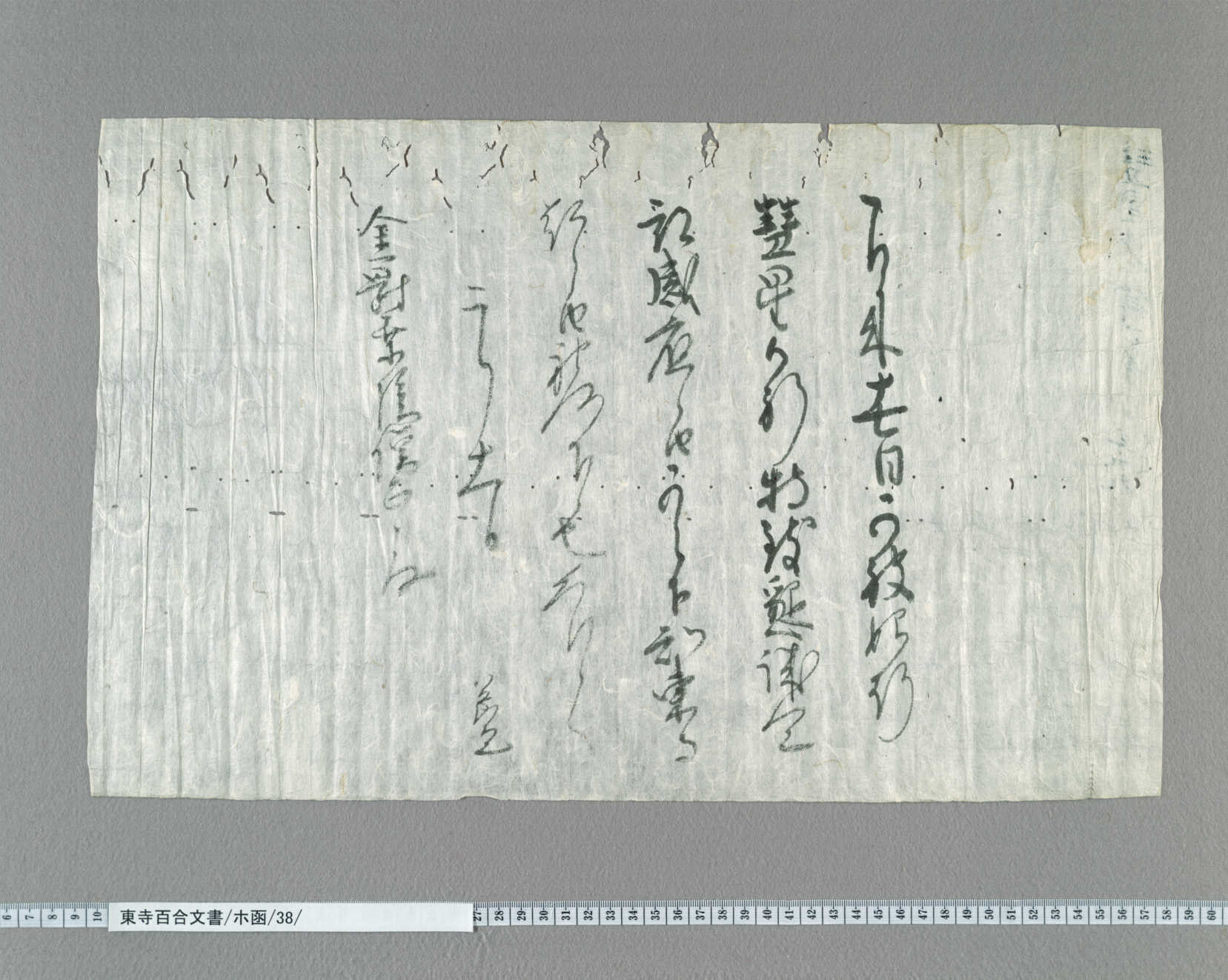Still in the present day, we try to read horoscope, make a wish to a shooting star, and think about many things looking at stars in the night sky.
For people in the medieval times, the movements of stars were of much more importance. A meteor stream, comets, and other extraordinary movements of stars were worried as an omen of something evil, and sometimes caused a terrible confusion.
Today’s story is about an incident in 1402, when the Muromachi bakufu was highly prosperous, with Ashikaga Yoshimitsu(足利義満) exercising an enormous power.
On January 17, shortly after the New Year started, a large comet appeared in the western sky over Kyoto. The light of the comet intensified and then weakened, but would not disappear. It seems that the weather was also bad around that time, with snowfalls and strong winds. People were afraid what was going to happen.
Several generations after Yoshida Kenko(吉田兼好), a.k.a. Kenko Hoshi(兼好法師), who wrote the famous essays titled “Tsurezuregusa(徒然草)”, Yoshida Kaneatsu(吉田兼敦) wrote a diary titled “Yoshida-ke Hinamiki” (★), in which he detailed the public confusion caused by this comet in chronological order.
Kaneatsu was surprised and worried by the first appearance of this comet, and many other people were, too. Abeno Norinobu(安倍載信) was one of them, and visited Kaneatsu for consultation. He was a descendant of Abeno Seimei(安倍晴明), the famous Onmyoji sorcerer in the Heian period. Norinobu served the Imperial Court, and was in charge of reading stars and telling trends in society.
In the midst of this confusion, an earthquake occurred in Kyoto before dawn of January 29. It was not such a great earthquake as to be officially recorded, but Kaneatsu was terribly scared for the series of extraordinary natural phenomenon.
On February 5, the comet finally disappeared. Abeno Norinobu and others immediately reported the results of fortune-telling based on this comet to the Imperial Court and the bakufu. They referred to ancient Chinese records and astrological books in this fortune-telling, and forecasted many awful events, including an attack by a foreign country, flood, political change, a large number of deaths, and so on.
In response, the bakufu ordered Toji to make prayers on February 11 (see the previous story, No. 33 in the Stories behind the Hyakugo Archives). The document below conveys this order to Toji:

However, on the very day when this order was issued, the comet reappeared for unknown reasons.
While Kaneatsu and others were worried at the reappearance of the comet, Toji started preparations for prayers in response to said order. In the minutes of a meeting held by monks at Toji, “Nijuikku-kata Hyojo Hikitsuke”, Article dated February 13, 1402, it is recorded that Toji was ordered by the bakufu to make prayers, and that the specifications and methods of prayers were to be determined by Toji. Thus Toji decided to chant sutras and burn cedar sticks every day over seven days, starting on the 17th.


To the monks who were appointed for burning cedar sticks, the following “Kaijo(廻請)” was circulated. “Kaijo” is similar to a documented notice for circulation in the present day.

Look at the two divided parts at the top and the bottom.
The top part specifies the types of prayers to be made while burning cedar sticks. The bottom part lists the respective names of monks (“XX 法印”, “YY大僧都”, etc.) appointed for burning cedar sticks. At the lowest end of each line is written a letter “奉 (Uketamawaru)”. This character means acceptance, and was written by each appointed monk, as a sign of accepting the task.
As preparations for prayers proceeded steadily, the comet gradually dimmed down, and finally disappeared on the 17th, when Toji had planned to start the prayers. It must have been really scary.
There is no wonder that people were terrified as a comet appeared twice and an earthquake occurred in one month.
Although the comet disappeared, Toji conducted the prayers as scheduled over seven days from the 17th. Maybe the ominous fortune-telling was disabled by those prayers, and the powers of Yoshimitsu were maintained successfully.
★ “Yoshida-ke Hinamiki” is a diary written occasionally by Yoshida Kanehiro(吉田兼煕) and his son, Kaneatsu, at Yoshida Shrine in Kyoto. It was written from the late 14th century to the early 15th century, when the Muromachi bakufu was highly prosperous under its 3rd Shogun, Ashikaga Yoshimitsu. The diary records daily weather, religious services and ceremonies, and other details of work at the shrine.